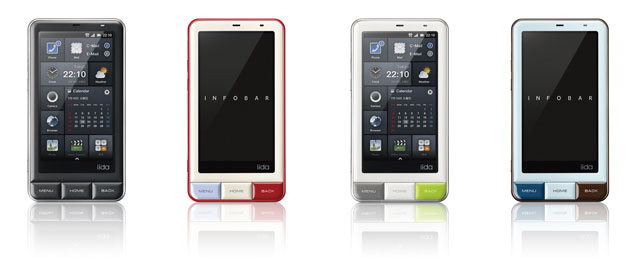Last week the publication of Tokyo Michelin Guide hit the news headline. A Swedish colleague of mine was surprised by the total number of stars awarded to Tokyo restaurants which exceeds any other city in the world (including Paris).
What I was surprised is, however, the lack of the Michelin Guide for Tokyo until now. It well reflects the Westerners' ignorance of the quality of services in Tokyo, and in Japan more generally.
The year of 2007 already saw a change in this: the launch of Monocle magazine, the magazine I keep talking about since day one. Every monthly issue introduces the reader in the West to Japanese top quality players in the service and consumption goods industry, from hotels and airlines to cosmetics, foods, and bags. And the magazine recognizes Tokyo and Kyoto as among the 20 most livable cities in the world.
But it's not enough. The world isn't fully aware of how demanding Japanese consumers are and how great, as a response, is the services provided by companies, both domestic and foreign, in Japan.
What I recently discovered is a stark difference in HP's website between Japan and UK. I was trying to find the best HP printer for me. But electronics shops in Stockholm are stressfully unhelpful because each shop stocks a different set of printers. The comparison of all the available products in the market takes a lot of walk. Also, each shop is pretty much under-staffed. It's difficult to seek assistance, or it takes a lot of time by waiting to be served. So I did search on the web.
As the Swedish website is, as always, hieroglyphic to me, I turn to the UK one. But the website doesn't help me choose which one suits my need. I then access to the US website. It looks like a search result on Amazon.com, which means that it's not easy for me to spot the best printer.
So I visit the Japanese one. And it is amazing. When I see the list of HP printers, it's almost immediate to learn which functions are available for which printer. Each function takes up one square in a 3 by 5 matrix shown next to the printer image. If a printer lacks in a particular function, the square for that function is left blank. As the position of each function in the matrix is fixed for all printers, just a glance at the list tells you the difference among printers. So I immediately learn which printer is what I'm looking for. Compare this to the British version in which each printer's functions are listed in the bullet-point style.
Usually, this method of searching the best product in the market doesn't work because what's available in Japan is often unavailable in Europe. This is because the range of products in Europe is smaller or because the European electronics market lags behind the Japanese one by 6 to 12 months. Thankfully, this time the best printer in Japan was available in Stockholm.
Since I'm used to this Japanese-style product catalogue during the 24 years of my life in Tokyo, shopping electronics products in London was, and in Stockholm is, (and, I believe, in other European countries will be) such a pain in the neck.
I'm not sure whether this difference in consumption culture between Japan and the West (or at least UK and Sweden) comes from the difference in awareness (ie. people in Europe have never imagined that such a level of service quality is feasible) or the cultural difference at a deeper level (ie. Japanese people are materialistic while Europeans derive satisfaction from invisible things---travelling abroad, staying with family members, etc.).
But I'm sure that daily life in Japan, such as things described in this post, should be intriguing to Westerners. This blog keeps trying to spread the word on what's standard in Japan but not in the rest of the world (the post below is an example).

